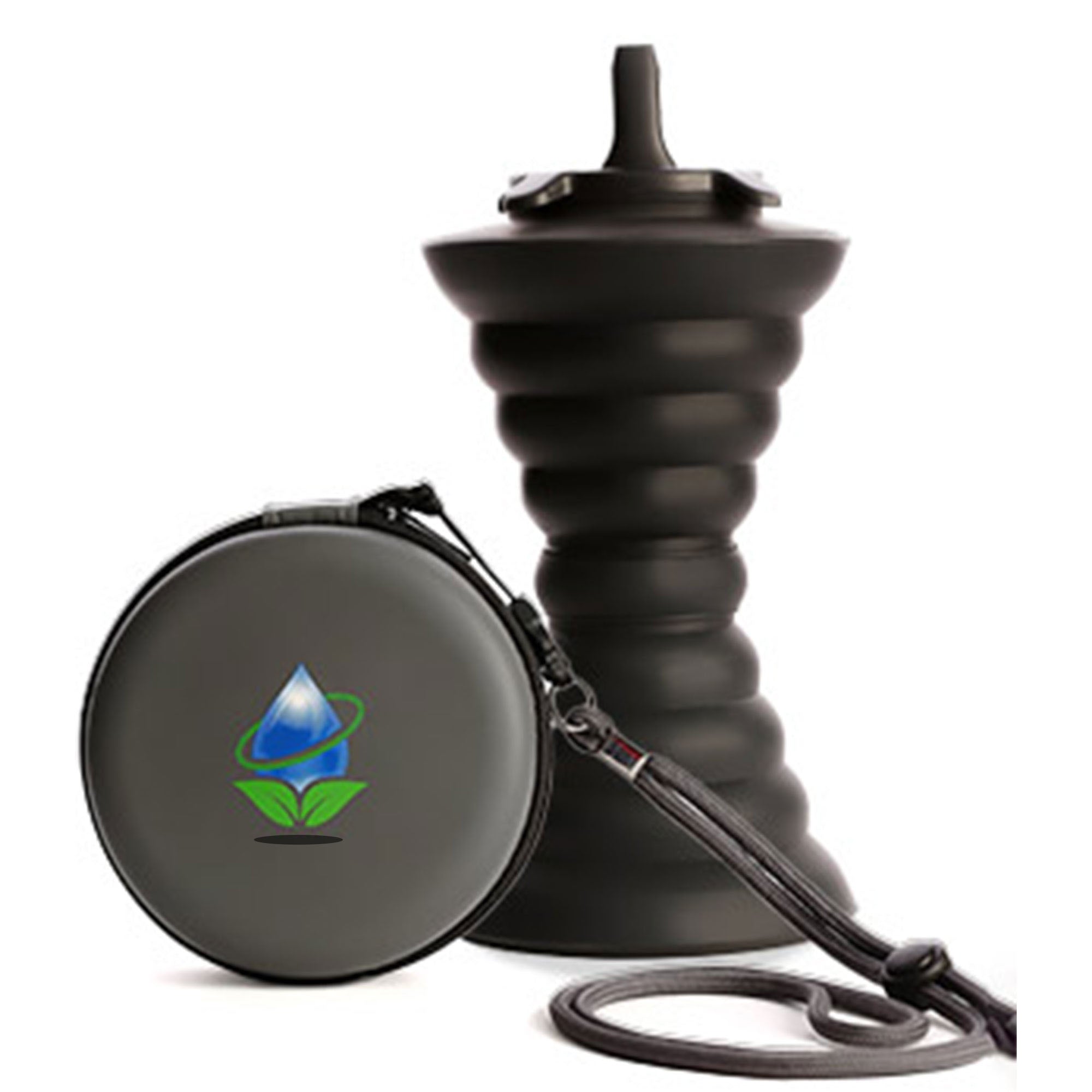Reducing the risk of UTI’s with use of a Bidet

Urinary tract infections (UTIs) are bacterial infections that mainly occur in otherwise healthy women and are not associated with underlying anatomic or functional abnormalities or chronic morbidities. Risk factors for UTI include frequent sexual intercourse, previous history of UTIs, spermicide use, and a family history of UTI. However, the core of all these risk factors is associated with lack of cleanliness and hygienic lifestyle.
There are an estimated 150 million UTI cases around the world, according to the American Urological Association, and they cost about $6 billion to treat . Women who engage in anal sex before vaginal sex are more prone to UTIs, and men who perform anal sex without a condom are also at a higher risk of getting bad bacteria all up in their urethras. Diaphragms also increase the risk of UTI, according to WebMD, because they are often used with spermicide, which can change the bacterial environment of the vagina and bring UTI-causing microbes even closer to the urethra. Repeated antibiotic use is also a factor in UTIs, as they can decimate the body’s natural, protective stores of helpful bacteria, which then allows bad bacteria to gain a foothold. Finally, in post-menopausal women, lower levels of estrogen make it easier for the bacteria to cling to the body.
According to a study, emergency department visits for urinary tract infections result in almost $4 billion per year in unnecessary healthcare costs. Researchers analyzed data from the Nationwide Emergency Department Sample (NEDS) and discovered that of the 10.8 million patients seen in ERs for UTIs during the study period (2006-2009), 9 million, or 83.3 percent, were treated and released. The average cost for these ER visits was around $2,000, or 10 times higher than the cost to treat a UTI in an outpatient clinic, making the cost of these 2 to 2.3 million yearly unnecessary ER visits for UTIs to be about $4 billion.
In a recent multinational study conducted in Europe (Germany, Switzerland, Poland, Russia and Italy), it has been found that an estimated 50% of women experience at least one UTI episode during their lifetime and 20–30% suffer from at least one recurrent UTI. The results also reveal that recurrent UTIs had a negative impact on patients’ quality of life (QoL) and that QoL could be improved with the use of effective prophylaxis. Non-antimicrobial prophylactic strategies include behavioral changes (voiding before or after coitus, altered diet, increased water intake); urine acidification using ascorbic acid (vitamin C); dietary or supplemental cranberry; probiotic lactobacilli; topical or oral estrogen; methenamine salts; the oral immunomodulator OM-89; and a vaginal immunomodulator.
In a study Chen and Baker (2006), have published the results of the racial and ethnic differences in rates of UTIs among febrile infants who present to an urban pediatric emergency department. The results are stated as follows. “Four hundred and sixty five children had urine cultures performed during the study period and fulfilled the inclusion criteria. Parents characterized the children as white (45%), Hispanic (27%), African American (20%), Asian (3.9%), or others (4.3%). Clinical parameters including the height of fever, age of the patient, and proportion of men were similar between the subjects in each racial and ethnic group. Sixty-four children were diagnosed as having UTI. The overall prevalence of UTI was 14% (95% confidence interval [CI] 11%-17%). Rates of UTI (SD) were as follows: Asian 22% (10%), white 16% (2.4%), Hispanic 16% (3.1%), African American 4.0% (1.9%), and Others 11 % (6.2%). African American infants had a lower rate of UTI (p = 0.007) compared with the general population. The odds ratio (OR) of UTI in white versus African American children and Hispanic versus African American children were 4.4 (95% CI, 1.5 to 12.6) and 4.6 (95% CI, 1.5 to 13.9), respectively. These results were consistent after adjustment for sex.” UTIs were common in their study population of racially and ethnically diverse children. Given similar clinical parameters, white and Hispanic children were much more likely to be diagnosed with UTI than African-American children were. This is also consistent with the lower rates of UTIs among women and children from Asia, Middle East and some parts in Europe, where washing genitals is commonly practiced after urinating and pooping using many types of bidets and wash lets.

For example, statistics by country for UTIs in children indicate that the prevalence rate for UTIs in children is approximately 1 in 33 or 3.00% or 8.2 million people in the USA. Other North American countries, such as Canada reported approximately 975,236 children with UTIs and Mexico reported approximately 3.1million with UTIs. For the Far East countries, for example, Japan has the prevalence of UTIs of approximately 3.8 million and China has approximately 38 million. In Southern Asia, the prevalence of UTIs in India is approximately 31 million, 4.2 million in Bangladesh, 4.7 million in Pakistan and 597,154 in Sri Lanka. In the Middle East, the prevalence is about 10s to 100s thousands. The statistics reported here attempts to extrapolate the prevalence rate for UTIs (child) to the populations of various countries and regions. These prevalence extrapolations for UTIs (child) are only estimates, based on applying the prevalence rates from the US (or a similar country) to the population of other countries, and therefore may have very limited relevance to the actual prevalence of urinary tract infections (child) in any region. However, the general belief is that the countries with a tradition of using wash lets or bidets have lesser prevalence of UTIs than the countries with less common use of bidets or wash lets. The greater implications from this study is that the people in Asia, Africa and some parts of Europe use bidets and in general water to clean their body parts after urinating and excreting and thereby keeping the residue out where the infectious bacteria can thrive and cause infections.


